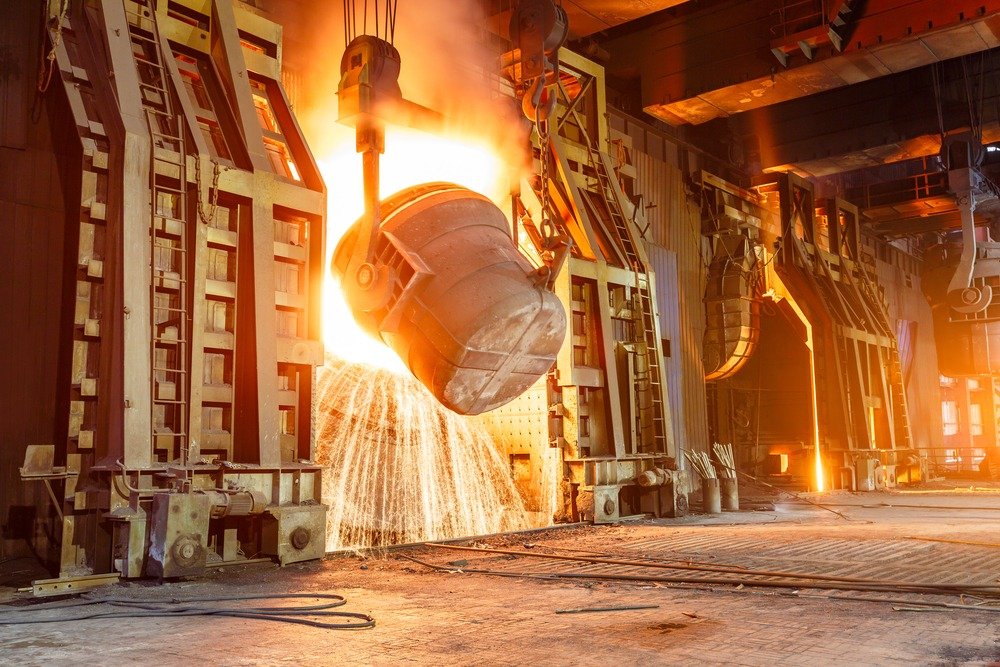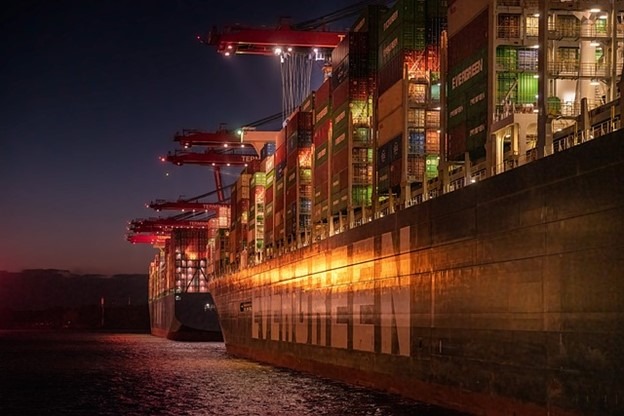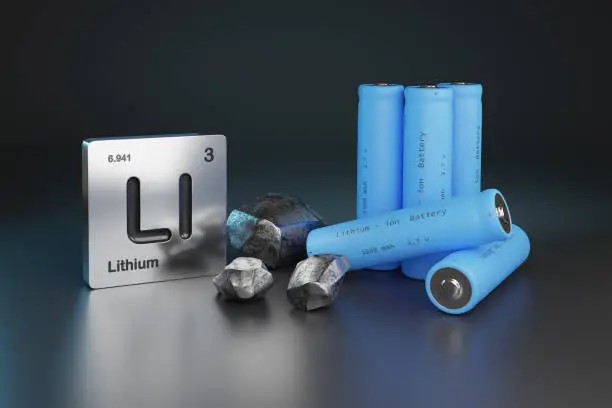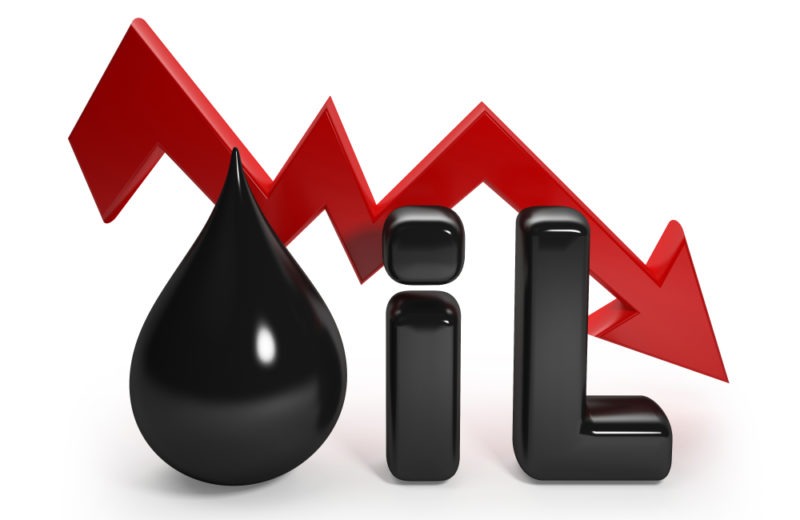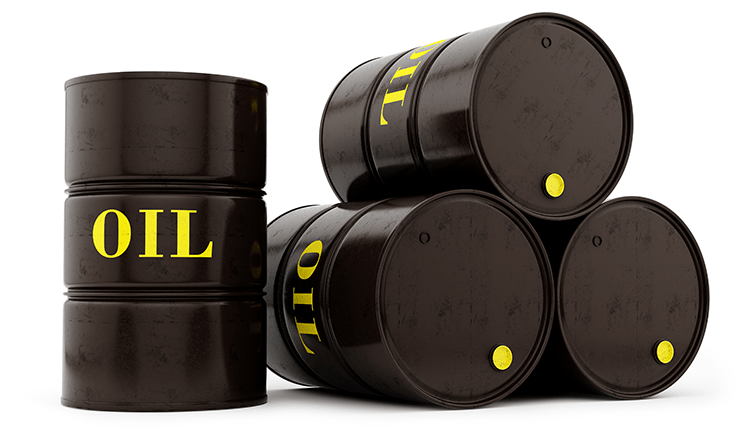Steel has maintained its status as a highly sought-after commodity in the dynamic global commodities market, significantly influencing various industries and economies worldwide. Worldsteel reported on January 25 that global crude steel production remained stable at 18.88 billion metric tons in 2023. However, beneath the surface, shifts in production patterns, especially in China, the world’s largest steel producer, are poised to reshape the steel market in 2024.
Global Trends in Steel Production
China’s contribution to global steel production saw a minimal rise of 0.1% in 2023, reaching 1.02 billion metric tons. Alarmingly, there was a 14.9% decline in Chinese steel production in December 2023, signalling a potential slowdown. S&P Global Commodity Insights analysts predict a 0.5% reduction in China’s steel production in 2024 as mills grapple with oversupply and weak profit margins. This forecast may moderate iron ore imports in the near term, leading to price easing in the second half of 2024.
Regional Dynamics: Growth and Challenges
While China faces production concerns, other key players in the global steel industry show diverse trends. India, the second-largest steel producer, recorded an 11.8% increase in production in 2023, reaching 140.2 million metric tons. In contrast, the European Union saw a 7.4% decline in crude steel production, dropping to 126.3 million metric tons. Germany, its largest producer, experienced the lowest volume since 2009 due to weak fundamentals and soaring international electricity prices.
As we enter 2024, steel remains a crucial commodity, with the global market undergoing significant shifts. The anticipated reduction in China’s steel output, combined with changes in other major producers, will affect supply and demand trends. Stakeholders in the steel industry aim to capitalize on opportunities and manage risks by navigating regional dynamics and market trends. The global steel market, a key driver of industrial progress, continues to be a valuable commodity, significantly influencing the economic landscape.


